Widening axles on semi-trailers is a critical modification that enhances load distribution, stability, and overall performance. At CarMax Vehicle, we specialize in providing tailored solutions to meet the unique needs of our clients. This guide delves deep into the process of axle widening, offering detailed steps, best practices, and expert insights to ensure your semi-trailer operates at its optimal capacity.
Understanding the Importance of Widening Axles
Enhanced Load Distribution
Widening the axle of a semi-trailer distributes the load more evenly across the vehicle. This balance mitigates the stress on individual components, thereby extending the lifespan of the trailer and reducing maintenance costs. Proper load distribution is vital for:
- Preventing Tire Wear: Even weight distribution reduces uneven tire wear, ensuring longevity and safety.
- Reducing Structural Stress: Alleviates undue pressure on the trailer frame and suspension system.
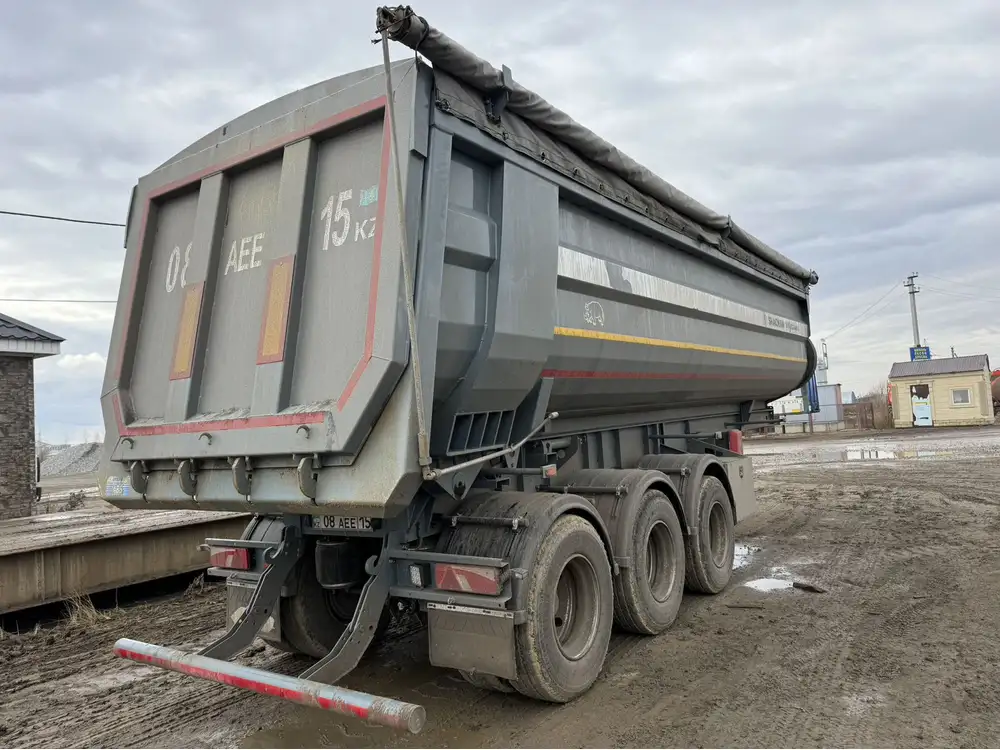
Improved Stability and Handling
A wider axle provides a broader base, enhancing the trailer’s stability during transit. This improvement is crucial for:
- Minimizing Sway: Reduces the likelihood of trailer sway, enhancing control during long hauls.
- Boosting Maneuverability: Facilitates smoother turns and better handling in various driving conditions.
Step-by-Step Guide to Widening an Axle
1. Assessing Current Axle Specifications
Before initiating the widening process, it’s essential to evaluate the existing axle setup. Consider the following:
- Axle Width: Measure the current width between the wheel centers.
- Load Capacity: Determine the maximum load the axle can support.
- Suspension Type: Identify the suspension system in place to ensure compatibility with wider axles.

2. Selecting the Appropriate Axle Width
Choosing the right axle width depends on several factors:
- Load Requirements: Heavier loads may necessitate wider axles for better support.
- Regulatory Compliance: Adhere to regional transportation regulations regarding axle widths.
- Trailer Design: Ensure the chosen width complements the overall trailer design and function.
| Axle Width | Suitable Applications | Benefits |
|---|---|---|
| Standard | General freight transport | Cost-effective, widely available |
| Wide | Heavy loads, specialized cargo | Enhanced stability, load distribution |
| Extra Wide | Oversized or custom trailers | Maximum stability, customized performance |
3. Acquiring Quality Materials and Components
Investing in high-quality materials ensures the longevity and performance of the widened axle. Key components include:
- Axle Beams: Choose beams that match the desired width and load capacity.
- Wheel Hubs: Ensure compatibility with the new axle dimensions.
- Brake Systems: Upgrade or adjust brakes to accommodate the widened setup.
- Suspension Components: Opt for robust suspension systems to support the increased axle width.
4. Disassembling the Existing Axle Assembly
Careful disassembly is crucial to prevent damage to existing components:
- Safety First: Secure the trailer and use appropriate lifting equipment.
- Remove Wheels and Brakes: Detach wheels, brake assemblies, and any connected parts.
- Disconnect Suspension: Carefully detach suspension components to access the axle.

5. Modifying or Replacing the Axle
Depending on the extent of widening required, you may choose to modify the existing axle or install a new one:
- Modification: Adjust the current axle by repositioning mounting points and reinforcing structural integrity.
- Replacement: Install a new, wider axle that meets the specified requirements.
6. Reassembling and Testing
Post-widening, reassemble the axle assembly with precision:
- Mount Axle Properly: Ensure the axle is securely fixed to the trailer frame.
- Reattach Suspension and Brakes: Reinstall all suspension and brake components, verifying their functionality.
- Conduct Safety Tests: Perform thorough testing under various load conditions to confirm stability and performance.
Essential Tools and Equipment for Axle Widening
Equipping your workshop with the right tools is vital for a successful axle widening project. Essential tools include:
- Hydraulic Jack and Stands: For safely lifting and securing the trailer.
- Wrenches and Sockets: Necessary for disassembling and assembling axle components.
- Torque Wrench: Ensures bolts and nuts are tightened to manufacturer specifications.
- Welder: Required for modifying axle beams or attaching new components.
- Measuring Tools: Precision instruments like calipers and tape measures for accurate measurements.
| Tool | Purpose |
|---|---|
| Hydraulic Jack | Lifting the trailer during disassembly |
| Torque Wrench | Accurate tightening of fasteners |
| Welder | Modifying or attaching axle components |
| Measuring Tape | Ensuring precise dimensions |
| Socket Set | Facilitating the disassembly process |

Safety Considerations When Widening Axles
Ensuring safety throughout the axle widening process is paramount. Key considerations include:
- Proper Lifting Techniques: Always use hydraulic jacks and stands to prevent accidents.
- Protective Gear: Wear gloves, safety glasses, and other protective equipment.
- Secure Workspace: Maintain a clean and organized workspace to avoid hazards.
- Compliance with Regulations: Adhere to local and national transportation safety standards.
Overcoming Common Challenges in Axle Widening
Alignment Issues
Widening an axle can disrupt the trailer’s alignment, leading to uneven tire wear and handling problems. To address this:
- Use Alignment Tools: Employ precision alignment tools during and after the modification.
- Regular Inspections: Frequently inspect the alignment post-widening to ensure consistency.
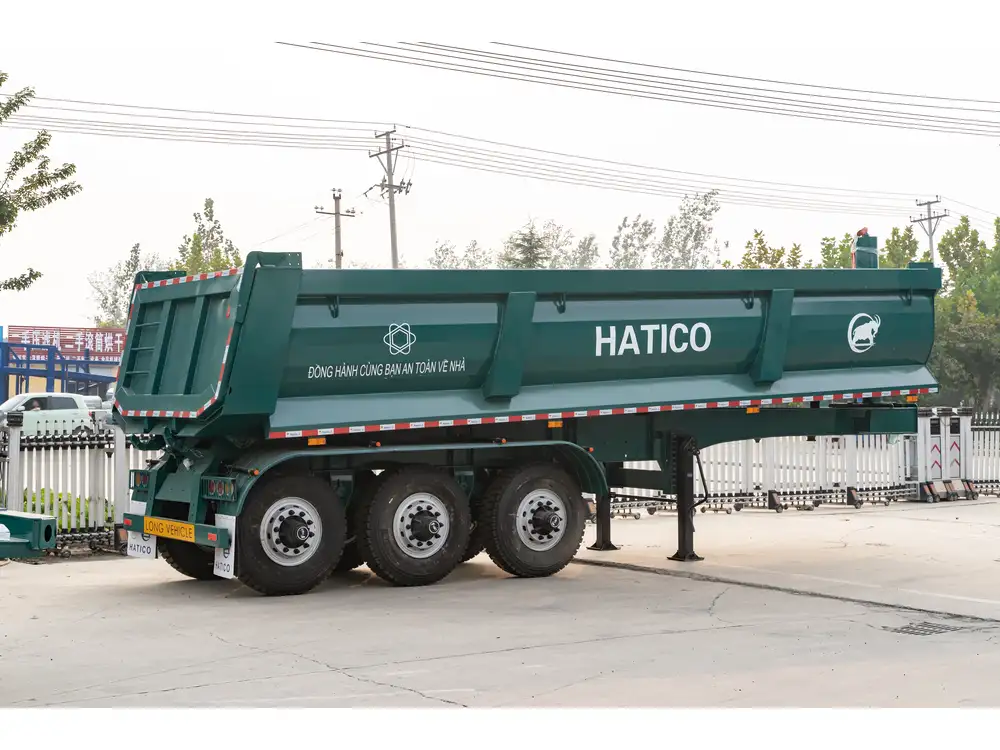
Balancing Load Distribution
Achieving optimal load distribution is essential for stability. Solutions include:
- Load Assessment: Conduct thorough load assessments to determine weight distribution.
- Suspension Adjustments: Modify suspension settings to accommodate the new axle width.
Regulatory Compliance
Ensuring that the widened axle complies with transportation regulations is crucial. Steps to achieve compliance:
- Consult Regulations: Familiarize yourself with regional axle width limits and safety standards.
- Obtain Necessary Permits: Secure any required permits or certifications post-modification.
Why Choose CarMax Trailer for Axle Widening Services
At CarMax Trailer, we pride ourselves on delivering top-notch axle widening solutions tailored to your specific needs. Our commitment to quality and customer satisfaction sets us apart in the industry.
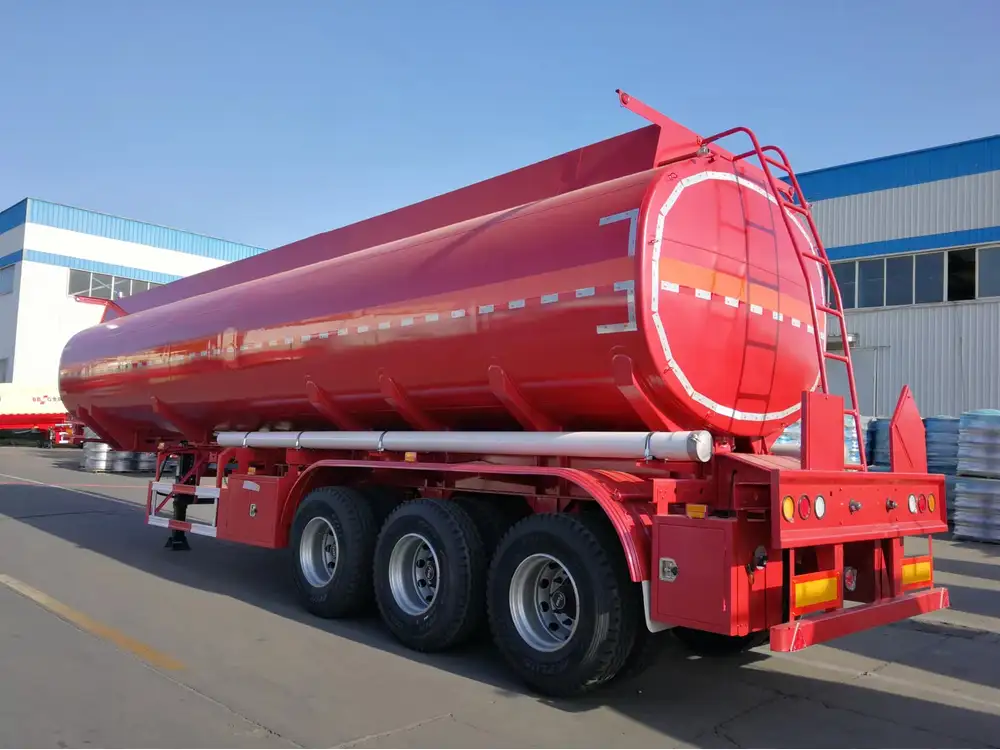
Expertise and Experience
With years of experience in manufacturing and modifying semi-trailers, our team possesses the expertise to handle complex axle widening projects efficiently and effectively.
Quality Assurance
We utilize only the highest quality materials and adhere to stringent quality control measures to ensure the durability and reliability of our modifications.
Custom Solutions
Understanding that each trailer has unique requirements, we offer customized axle widening services that cater to your specific operational needs and preferences.
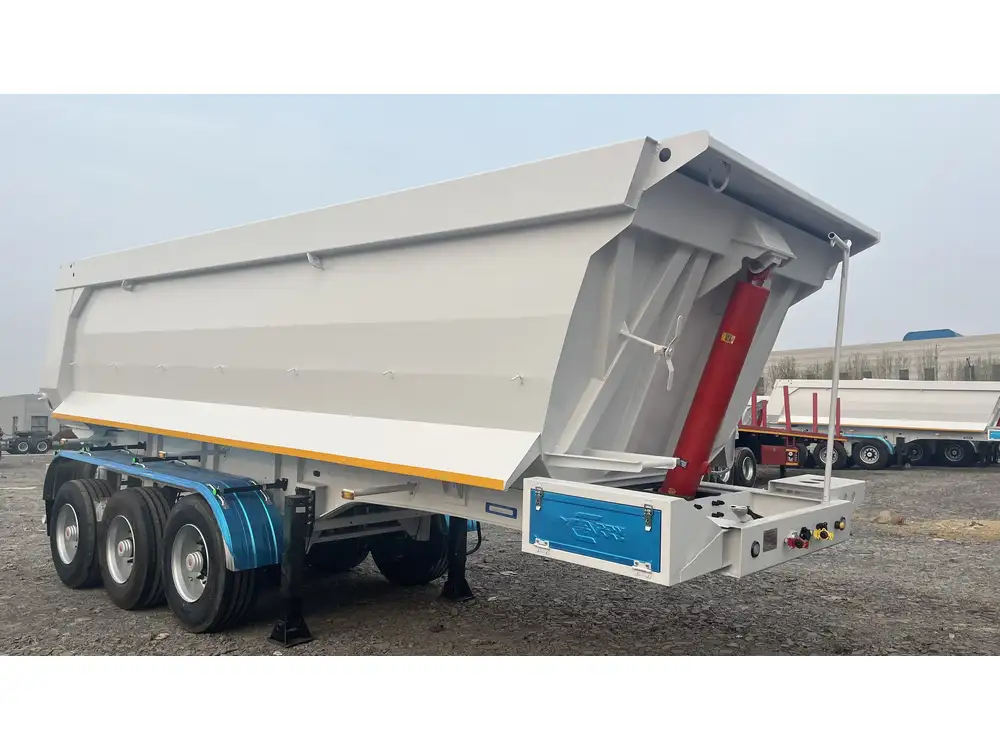
Maintenance Tips After Widening the Axle
Proper maintenance post-widening ensures the longevity and performance of your semi-trailer. Follow these tips to maintain your widened axle:
- Regular Inspections: Conduct routine checks for signs of wear or damage.
- Lubrication: Keep moving parts well-lubricated to prevent friction and wear.
- Tire Maintenance: Monitor tire pressure and tread condition regularly.
- Brake System Checks: Ensure that the brake system remains responsive and effective.
- Load Monitoring: Avoid overloading to maintain optimal axle performance.
Case Studies: Successful Axle Widening Projects by CarMax Trailer
Case Study 1: Enhanced Stability for Heavy Load Transport
A logistics company required a wider axle to transport heavier loads across challenging terrains. CarMax Trailer provided a customized axle widening solution, resulting in improved stability and reduced tire wear, ultimately enhancing the company’s operational efficiency.

Case Study 2: Compliance with Regional Regulations
A regional transport firm needed to widen their trailer axles to comply with new local regulations. Our team meticulously adjusted the axle width, ensuring full compliance while maintaining the trailer’s performance and safety standards.
Case Study 3: Customized Solutions for Specialized Cargo
A specialized cargo handler required an axle widening solution to accommodate oversized equipment. CarMax Trailer delivered a bespoke widening service, ensuring safe and reliable transportation of their unique cargo.
Conclusion
Widening the axle of a semi-trailer is a sophisticated process that requires precision, expertise, and a thorough understanding of vehicle dynamics and regulatory standards. At CarMax Vehicle, we are dedicated to providing comprehensive axle widening solutions that enhance the performance, safety, and longevity of your semi-trailer. By following the detailed steps outlined in this guide and leveraging our expert services, you can achieve optimal load distribution, improved stability, and increased operational efficiency.
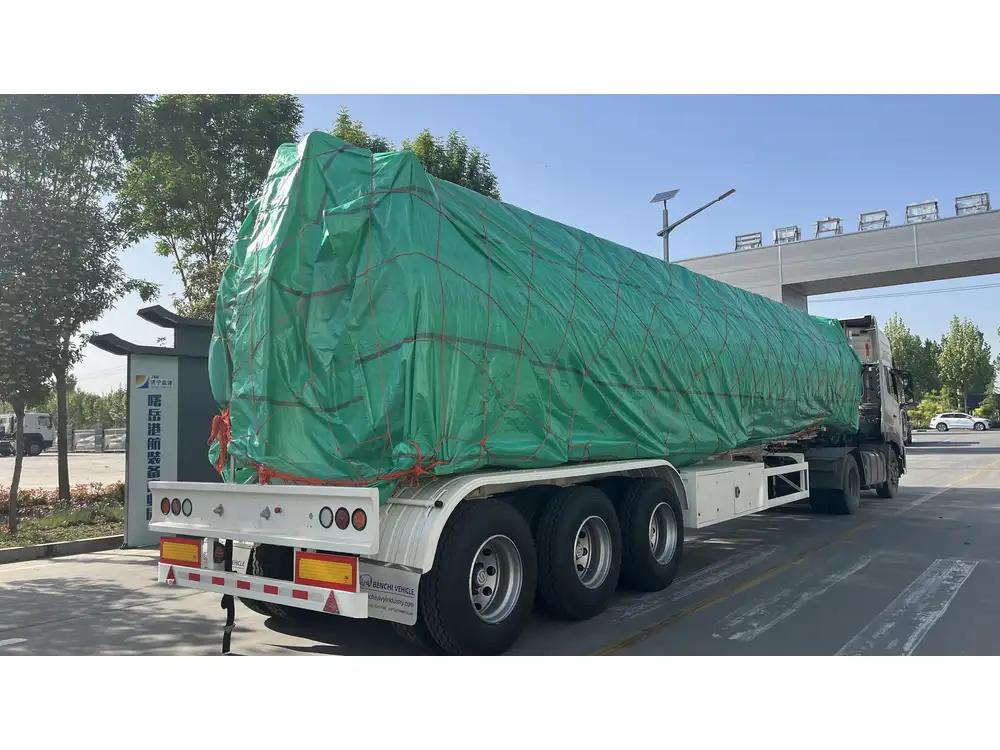
Frequently Asked Questions (FAQs)
1. What are the main benefits of widening the axle on a semi-trailer?
Widening the axle improves load distribution, enhances stability, reduces tire wear, and extends the overall lifespan of the trailer by minimizing stress on individual components.
2. Can I widen the axle myself, or should I seek professional assistance?
While knowledgeable individuals can perform axle widening, it is recommended to seek professional assistance to ensure precision, safety, and compliance with regulatory standards.

3. How does axle widening affect fuel efficiency?
A wider axle can improve load distribution and vehicle stability, potentially enhancing fuel efficiency by reducing drag and promoting smoother handling.
4. Are there specific regulations I need to follow when widening an axle?
Yes, axle widening must comply with regional and national transportation regulations regarding axle widths, load capacities, and safety standards. It is essential to consult local authorities before making modifications.
5. How often should I inspect my widened axles for maintenance?
Regular inspections are crucial. It is advisable to check the axles at least once a month and before long hauls to ensure they remain in optimal condition and to identify any potential issues early.



